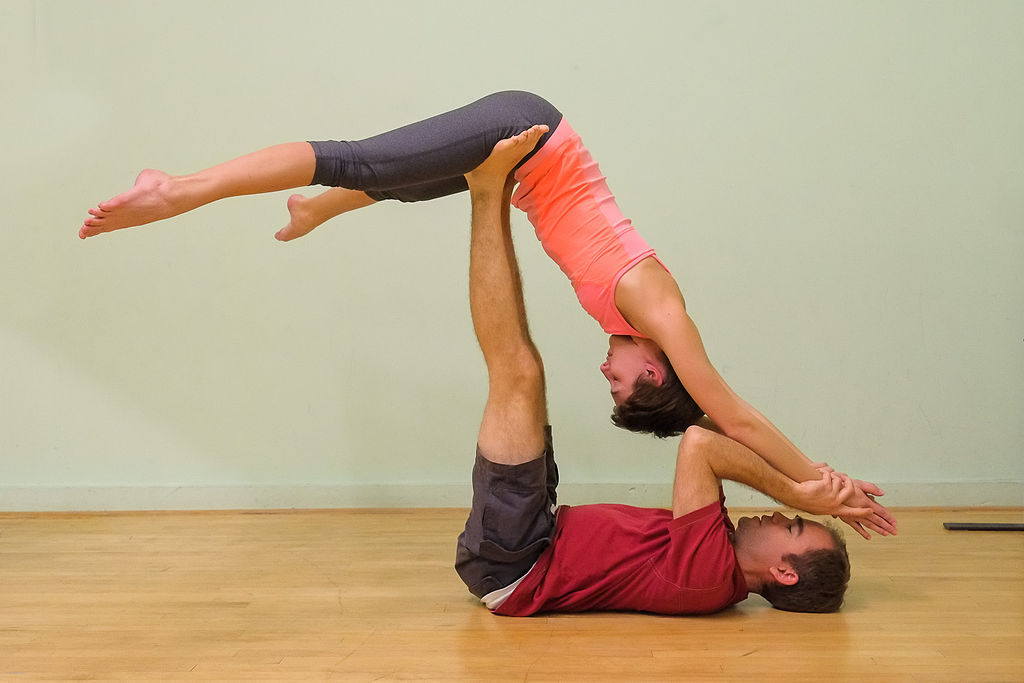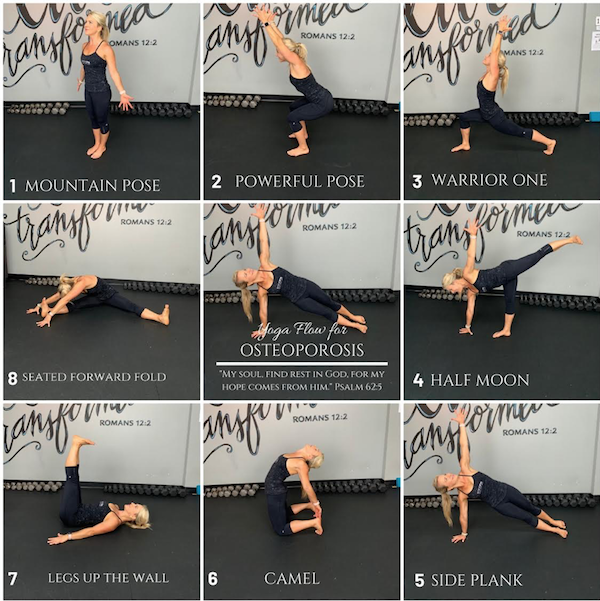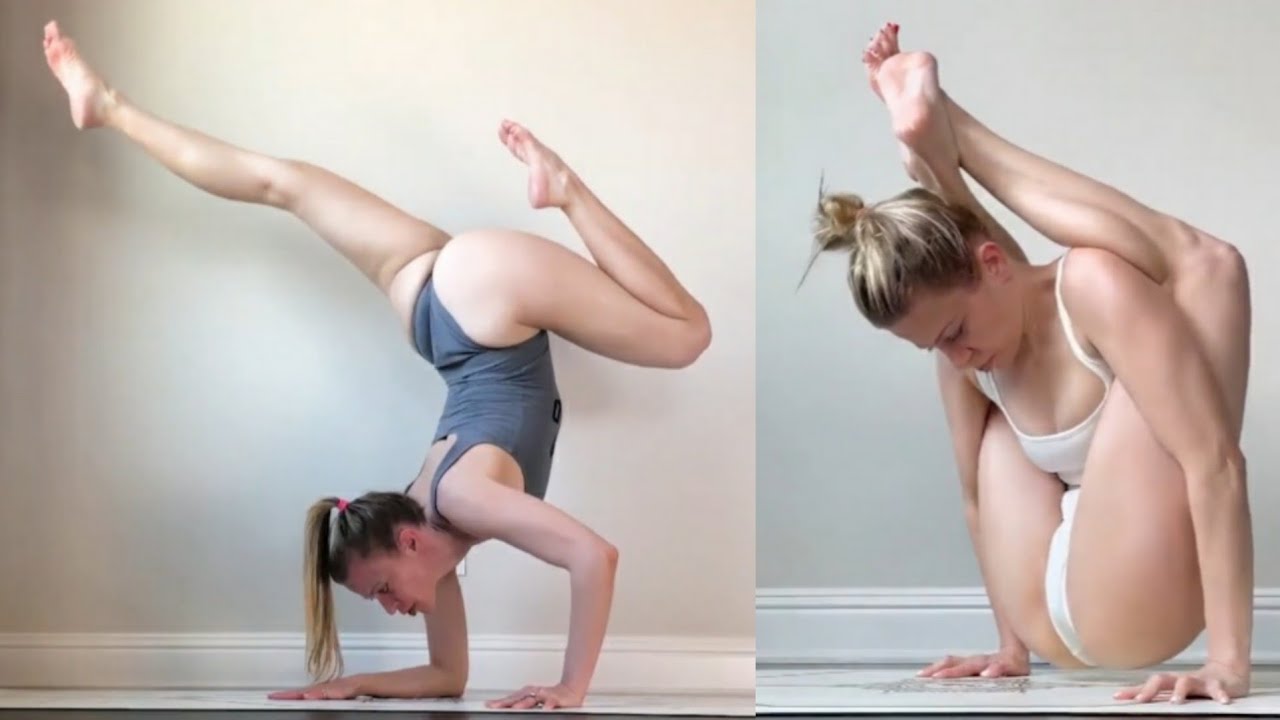
You've found the right place if you want to learn more about yoga philosophy in all its facets. The Gunas (Samkhya), Klesas (and Self-study) are all covered in this article. It offers helpful tips and tricks to help you in your yoga practice. These principles will be easier to implement into your yoga practice once you have read the article. Continue reading to learn more. However, before you begin, keep in mind that there is much more to it all than meets your eye.
Samkhya
In Yoga philosophy, Samkhya is a theory that describes the discriminative knowledge of the mind. This means that knowledge of oneself is essential for liberation. This contrasts with the modern theory, which argues that our bodies are created in a state where we have no manifest potential. Samkhya Yoga shows us that our minds, like intelligence and the ego, are forms of Unconsciousness.

Gunas
Many people are confused about the meanings of the gunas. The yoga philosophy explains them as rajas tamas and pitta. Each of these gunas regulates different aspects, such how we react to difficulties and how we feel joy. We can learn more about these gunas and how they regulate our lives, which will improve our quality of living.
Klesas
If you're interested in the philosophy of yoga, then you've likely come across the term 'klesas'. The negative traits of the intellect that lead to kleshas are known as 'kleshas'. You can overcome these negative traits to stop the endless cycle between rebirth and destruction. The kleshas are the roots of all suffering and a yoga practice that helps you become free of them is essential to your personal transformation.
Self-study
In the practice of yoga, a constant focus on self-study is necessary to overcome limiting thought processes and increase happiness. The fourth of Eight Limbs of Yoga's Eight Limbs, svadhyaya (or "self study") is the fourth. Traditionally, self-study was about learning and memorizing ancient philosophical texts relating to yoga. Today, you can adapt this practice to your specific goals and needs. Below are some tips to help you self-study.

Goals of Yoga
Yoga is a complete science, balancing the mind, body, and spirit. Yoga is a practice that promotes happiness, health, tranquility, knowledge, and well-being. At the end of the day, our goal is to find enlightenment. Yoga practitioners feel a sense a progress. Yoga is also used in Buddhism. It has a profound affect on the mind.
FAQ
How often should you exercise per week?
It depends on how much time you have available and what type of exercise you prefer. An average guideline is to do moderate-intensity aerobic activity 3 to 5 days per semaine. You shouldn't do too much. You will get the maximum benefits from your workouts if you do not exercise consistently.
Which exercises are most effective for me?
It all depends on your fitness goals. Some people focus on endurance activities like running, cycling, and swimming. Others enjoy lifting weights or using resistance bands. There are many types and styles of exercise available today. Choose an option that suits your lifestyle.
What does butter do?
Butter is one the most nutritious sources of saturated oils. This type fat is great for your skin and hair. It also helps you build stronger bones.
Butter also contains vitamin K, which prevents bleeding from cuts and bruises. Vitamin K works together with vitamin C to prevent bruising.
Butter is rich in minerals such as calcium, potassium, and phosphorous. These minerals promote stronger bones, teeth, and teeth.
Butter has its limitations. Butter contains high levels of cholesterol. Some studies show that consuming too much cholesterol may increase the risk of developing cardiovascular disease.
Also, butter is high in saturated fat, contributing to obesity and increased cholesterol levels.
Butter can be spread on bread, but you don't have to dip it into soups or salads if you absolutely must. Bread absorbs oil more than pasta or potatoes.
What does milk do for men?
When you next buy milk, think of other uses. It might also help if you start drinking less coffee.
It has been proven that milk is beneficial for both children and adults. Children get nutrients like vitamin D, calcium and potassium from milk.
It aids in digestion, strengthens bones, and promotes weight loss. The immune system is stronger and there are fewer illnesses in adults who consume dairy products.
The lactose in milk is also high, so people with digestive problems can enjoy the benefits of milk without experiencing stomach discomfort.
Drink more milk than soda and juice. Milk contains more calcium and vitamin D, which can strengthen your bones and teeth.
You can make yogurt with plain low-fat milk if you don't love the taste of milk. Yogurt can be a great substitute for milk, as it has fewer calories and more protein.
Probiotics are also found in yogurt, which help with digestion and boost immunity.
Take a glass warm milk before you go to bed if you are having trouble sleeping. Warm milk relaxes muscles, increases serotonin levels and helps you get a good night of sleep.
How to build muscles quickly
To build muscle quickly, eat healthy foods and exercise regularly.
Early morning is the best time to exercise. You are awake and alert, ready to take on the day.
You should try exercises such as squats, bench presses, push-ups, etc.
Take a look at different weight training options and make sure to drink plenty of fluids throughout the day.
Is cardio exercise good for your health or bad?
Cardiovascular exercise has many benefits. It improves blood circulation, strengthens your heart muscle, increases stamina, helps you lose weight, and gives you energy.
Cardiovascular exercise includes running, biking, hiking, swimming, tennis, basketball, soccer, volleyball, football, etc.
It is important to remember that cardio exercises should not be performed at high-intensity levels. This could result in injury.
The cardiovascular exercise should only be performed if you feel good.
It is important not to push yourself beyond your limits. You could injure yourself if you do.
Cardiovascular exercise is best done warm-up first. Then, gradually build up to higher intensity levels.
Be aware of your body and listen to it. If you feel pain, stop doing cardio exercise immediately.
Also, after a cardiovascular workout, it's advisable to take a rest. This allows your muscles time to recover.
Cardiovascular exercise is a great way to lose weight.
It is the most effective way to burn calories and reduce belly fat.
Statistics
- 10 pounds in a month is likely during a lean bulking phase, especially for beginners. (muscleandstrength.com)
- Candidates and applicants must pass all four tests at 70% (minimum level) to graduate from Basic Deputy U.S. Marshal (BDUSM) Training. (usmarshals.gov)
- Cardmembers earn 5% Back at Amazon.com with a Prime Credit Card. (amazon.com)
- An estimated calorie range for moderately active adult males falls between 2,200 to 2,800 calories per day, depending on age. (eatright.org)
- According to the American Academy of Dermatology (AAD), men over 50 are at a heightened risk of developing it. (healthline.com)
External Links
How To
How can I exercise to burn fat?
Exercise burns calories by increasing metabolism and oxygen consumption.
Exercise at a moderate intensity to safely lose weight.
These are the top tips for burning fat while you exercise.
-
Cardio exercises like walking, running (or jogging), swimming, cycling, running, and/or elliptical training are all good options.
-
Exercise for 30 minutes three times per week.
-
You can lose weight by adding strength training to the routine.
-
Avoid intense workouts. It's possible to build muscle, but not lose it.
-
Hydrate well during exercise. Water helps flush out toxins and keep your body properly hydrated.
-
After exercising, consume low-fat protein smoothies. Protein shakes help repair muscles and boosts energy.
-
Eat smaller meals throughout the day, so you don't feel hungry between meals.
-
Don't skip breakfast! Skipping breakfast can cause you to feel tired and sluggish.
-
Take care of yourself mentally. Stressful situations can affect your metabolism.
-
Keep a positive attitude. Studies have shown that people who are convinced they are overweight gain more weight than those who feel they look attractive.
-
Get enough sleep. Insufficient sleep can make it more difficult to lose weight.
-
Keep active. Be sure to get up and move around every hour or two.
-
Maintain a healthy diet. You will feel fuller longer if you eat right.
-
Find relaxation methods. Your body won't release stress hormones that cause muscle tissue destruction if you have a tense mind.
A balanced diet includes all essential nutrients needed for growth and development.
Instead of eating three large meals a day, eat six smaller meals every day. This gives your body more time to digest the food you eat.
For strong bones, we need 500 mgs of calcium daily. Calcium is available in dairy products like milk, yogurt, fortified soy beverages, orange juice, cereal, bread, and cereals.
Calcium is found in green leafy vegetables, beans, tofu, seeds, nuts, and cheese.
Your body needs vitamin D to absorb calcium. Vitamin D is found in eggs yolk, fatty fish and fortified foods.
Vitamin E is essential for skin health. Vitamin E can also be found in vegetable oil, wheat germ oils, peanuts as well almonds, sunflower seeds and corn.
Your body requires zinc for normal immune function and wound healing. Zinc can also be found in legumes, oysters, meats and whole grains.
Zinc deficiency could cause fatigue, nausea, vomiting, and depression.
Insulin resistance is caused by eating too much sugar, which can increase blood glucose levels. Insulin resistance leads directly to weight gain.
Insulin resistance is caused by high blood levels of free-radicals. Free radicals can be molecules with unpaired electrons that cause damage to cell membranes.
Most free radicals come from pesticides herbicides, food additives, preservatives smoking, radiation, chemical in cosmetics, lotions and household cleaning supplies.
Free radical damage can lead cancer, heart disease or diabetes, arthritis, asthma, or other forms of aging.
The best way to avoid free radicals is to eat a balanced diet high in antioxidants. Antioxidants protect against oxidative damage.
Vitamin C can be found in citrus fruits. Beta carotene can be found in carrots. Sweet potatoes. Tomatoes. Carrots. Sweet potatoes. Spinach. Broccoli. Cantaloupe. Vitamin E is found in nuts. Olive oil, avocados.
Other antioxidant nutrients include selenium, copper, manganese, and zinc.
Selenium protects cells against oxidative damage from free radicals. Selenium can also be found in Brazil nuts (tuna), liver, kidneys and shrimp.
Copper protects the brain and eyes as well as the lungs and red blood cells. Copper is also found in poultry, meat, and organs.
Manganese is an essential component of bone structure. Manganese can also be found in oatmeal, brown rice, spinach and bananas.
Zinc is important for healthy growth, reproduction, and wound-healing. Zn can also be found in white fish, lean cuts of meat, poultry, and eggs.